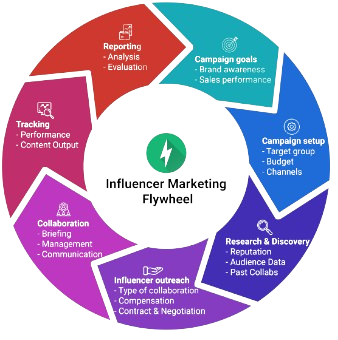SEO techniques and strategies
On-Page Optimization
1. Keyword Research: Identify relevant keywords.
2. Title Tags: Write unique title tags for each page.
3. Meta Descriptions: Craft compelling meta descriptions.
4. Header Tags: Use H1, H2, H3, etc. header tags.
5. Content Optimization: Optimize content for keywords.
6. Image Optimization: Use alt tags and descriptive text.
Off-Page Optimization
1. Link Building: Acquire high-quality backlinks.
2. Social Media Marketing: Establish a strong presence.
3. Content Marketing: Create valuable content.
4. Guest Blogging: Write for other reputable sites.
5. Local SEO: Optimize for local search.
Technical SEO
1. Website Speed: Improve page load times.
2. Mobile-Friendliness: Ensure responsive design.
3. SSL Encryption: Secure your site.
4. XML Sitemap: Create and submit.
5. Robots.txt: Optimize crawling.
Content Marketing Strategies
1. Blogging: Regularly publish quality content.
2. Video Marketing: Create engaging videos.
3. Infographics: Visualize data.
4. Podcasting: Reach new audiences.
5. Guest Blogging: Build backlinks.
Social Media Strategies
1. Facebook: Leverage Facebook's vast audience.
2. Twitter: Utilize Twitter's real-time engagement.
3. Instagram: Showcase visual content.
4. LinkedIn: Target professionals.
5. YouTube: Dominate video search.
Analytics and Tracking
1. Google Analytics: Monitor website traffic.
2. Google Search Console: Track search performance.
3. SEMrush: Analyze SEO metrics.
4. Ahrefs: Track backlinks.
SEO Tools
1. Google Keyword Planner
2. Ahrefs
3. SEMrush
4. Moz
5. Google Search Console
SEO Best Practices
1. Quality content creation
2. Regular updates
3. Mobile-friendly design
4. Fast website speed
5. SSL encryption
SEO Mistakes to Avoid
1. Keyword stuffing
2. Duplicate content
3. Slow website speed
4. Poor mobile usability
5. Thin content
SEO Trends
1. Voice search optimization
2. Artificial intelligence
3. Machine learning
4. Mobile-first indexing
5. Video content optimization


.png)
